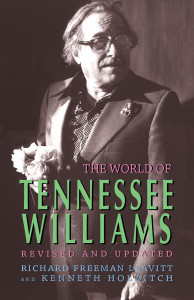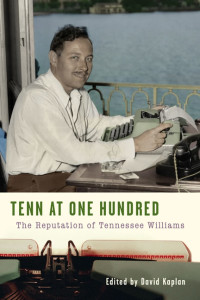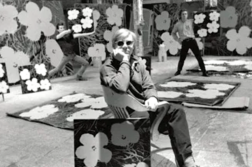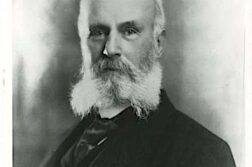 The World of Tennessee Williams
The World of Tennessee Williams
Revised and Updated Edition
by Richard Freeman Leavitt and Kenneth Holditch
Hansen Publishing Group LLC
118 pages, $14.95
 Tennessee Williams in Provincetown
Tennessee Williams in Provincetown
by David Kaplan
Hansen. 133 pages, $14.95
 Tenn at One Hundred: The Reputation of Tennessee Williams
Tenn at One Hundred: The Reputation of Tennessee Williams
by David Kaplan
Hansen. 328 pages, $29.95
 Tennessee Williams and Company: His Essential Screen Actors
Tennessee Williams and Company: His Essential Screen Actors
by John DiLeo
Hansen. 204 pages, $25.95
IT’S HARD TO IMAGINE Tennessee Williams ever reaching his centenary, given his conviction, most of his adult life, that he was about to die, a fear that mostly centered on heart disease. The fact that another of Williams’ fears was suffocation makes it cruelly ironic that he probably died of just that in 1983 while on a visit to New York. Alone in his room at the Hotel Elysee, having given orders to his secretary in an adjoining room that he was not to be disturbed, he apparently choked to death after removing the cap of a bottle of medicine with his teeth. He was only 71—too soon for someone as life-loving and productive as the man Gore Vidal (in his two wonderful essays on Williams) called “the Glorious Bird,” but that apparently is how either America’s greatest playwright, or one of America’s greatest playwrights, depending on whom you talk to, perished.







